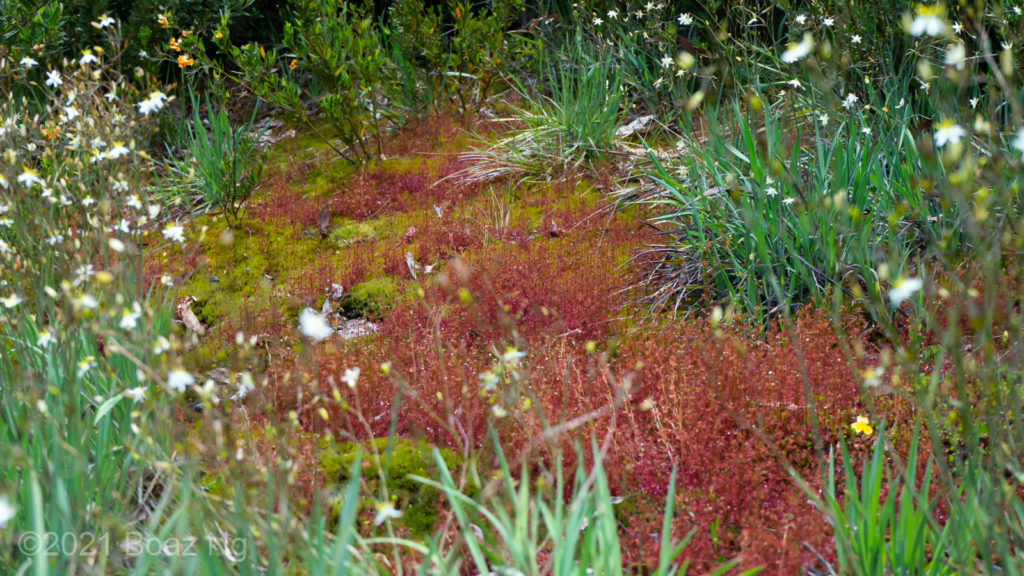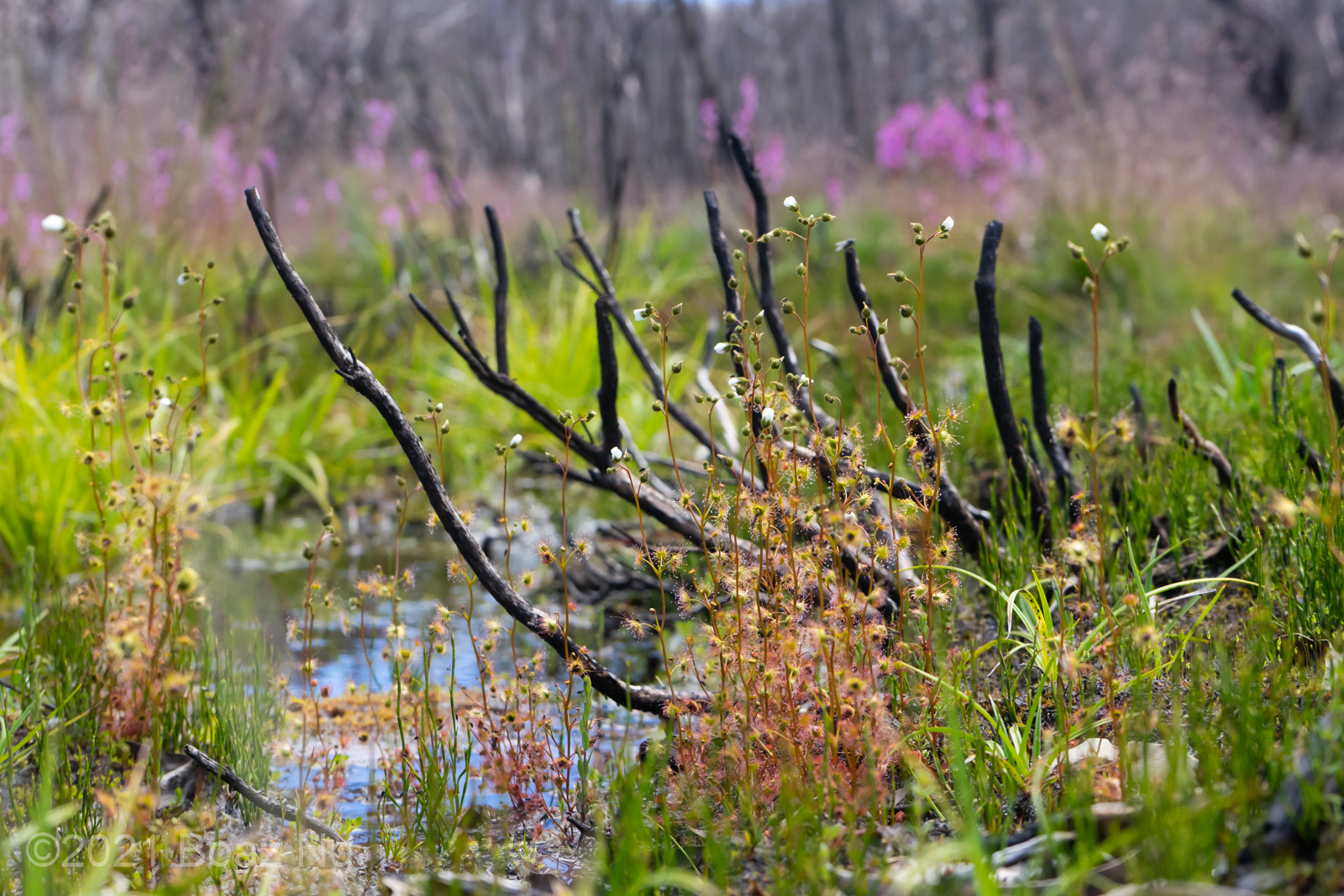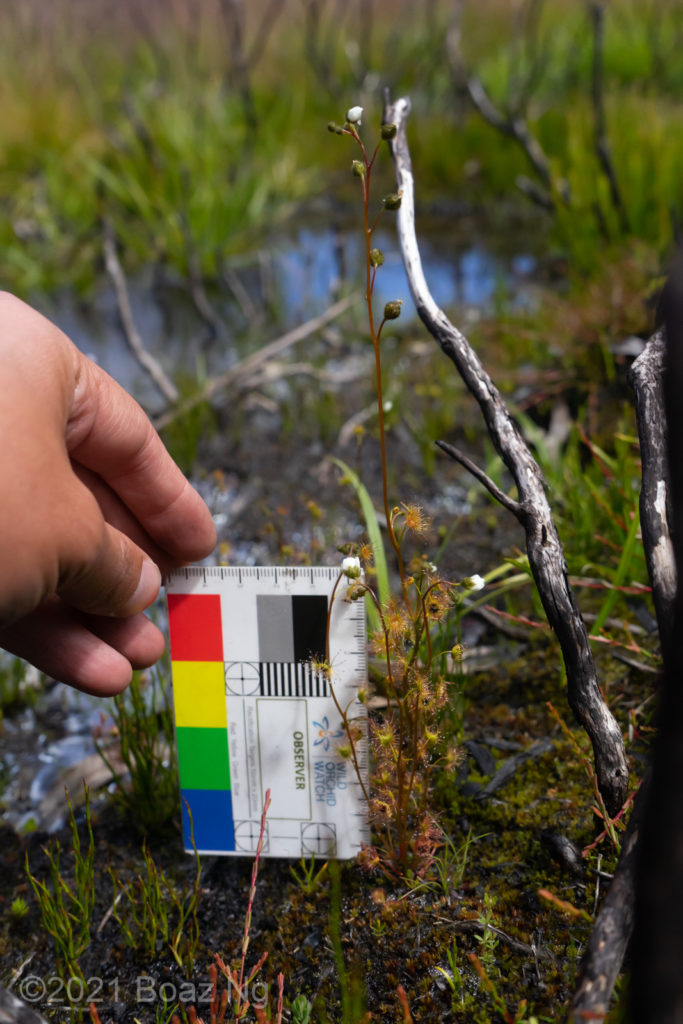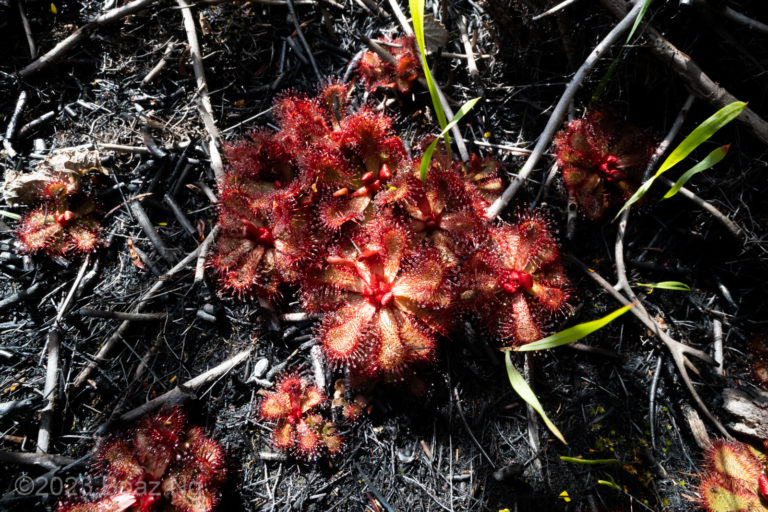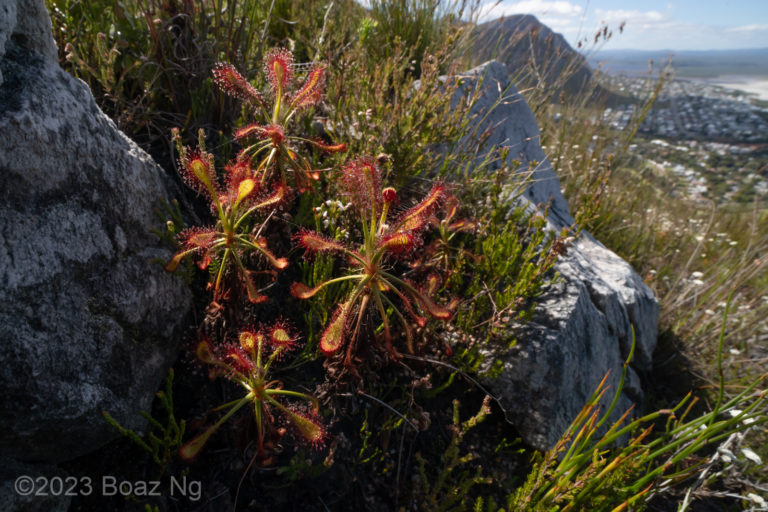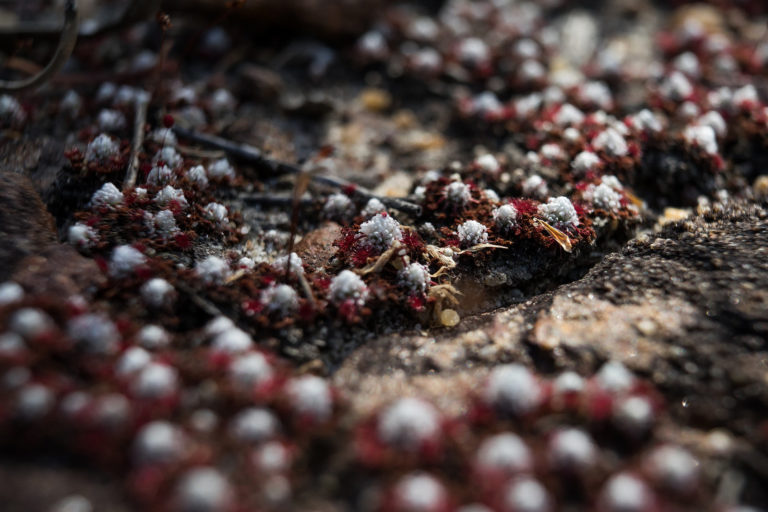The taxonomy of Drosera gracilis is complex and controversial. Over the years, it has drifted in and out of synonymy with Drosera peltata depending on the differing concepts of speciation applied by various authors. Regardless, the taxon is readily identifiable from its niche and morphology.

Drosera gracilis was originally described from material collected from highland Tasmania. While the common understanding of the taxon has expanded in recent years to include lowland forms, the alpine form constitutes D. gracilis in the strict sense. This post will therefore discuss the plants I found growing in the high country of Victoria, which are probably similar to the type.

Drosera gracilis is an erect tuberous sundew within the D. peltata complex. The main stem of the plant is slender, commonly reaching about 5-15 cm in length. The inflorescence adds an additional 5-10 cm, with uncrowded flower buds spaced away from the last leaves. The basal rosette is fairly robust and generally persistent at anthesis. The overall colour of the plants is usually reddish.
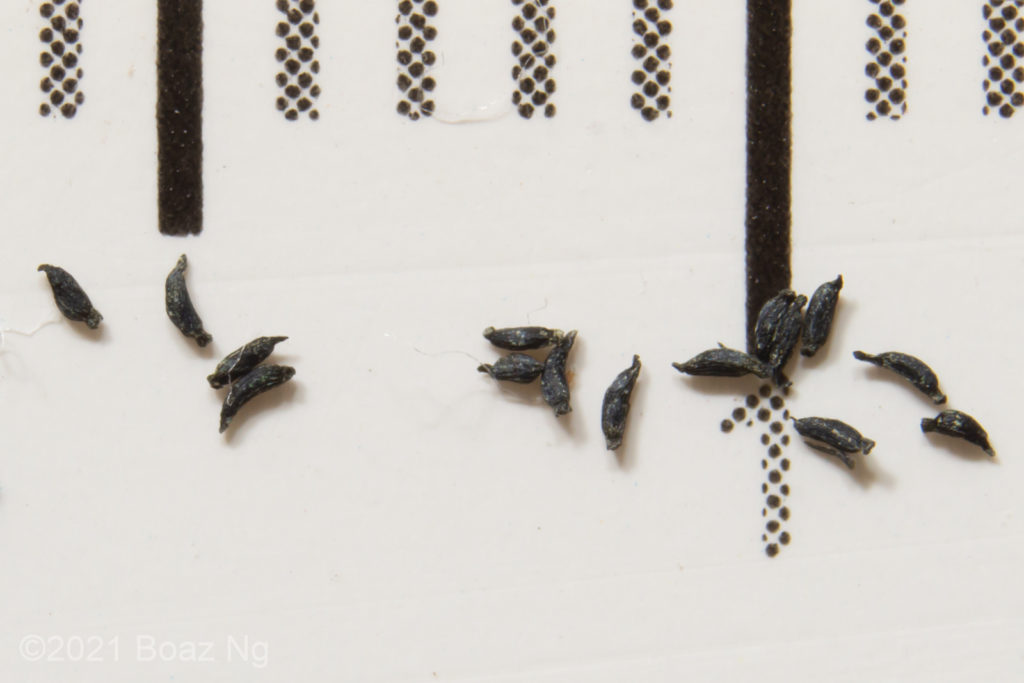
The seed of Drosera gracilis is distinctively shaped and is long and slender, with a tapering ‘beak-like’ protuberance at the apex. This feature is what distinguishes it from D. peltata from the sandstone heathland of the NSW coast (what some might consider the ‘true’ D. peltata).

The sepals of the taxon are hairy, with indumenta that are tipped with glands. Some authors list the presence of these glands as distinctive, although I do note that the fine morphology of the sepals is generally variable in the D. peltata complex. I would like to study more populations before listing this as a diagnostic feature.

In addition, I observed the plants to be stoloniferous, with lateral stolons emerging directly from the basal rosette into the soil. These structures are noted by Lowrie in his description of the plants, but is often overlooked (presumably because they are subterranean and difficult to notice).

Drosera gracilis grows in alpine and subalpine bogs in Tasmania, Victoria and NSW (although possibly in other states, as well as New Guinea). The plants grow in gently sloped seepages, particularly in wetland clearings at the edge of bushland. It can also be found in sphagnum bogs where the soil is exposed. The plants actively grow throughout spring and into summer, lying dormant under snow during the winter months.

